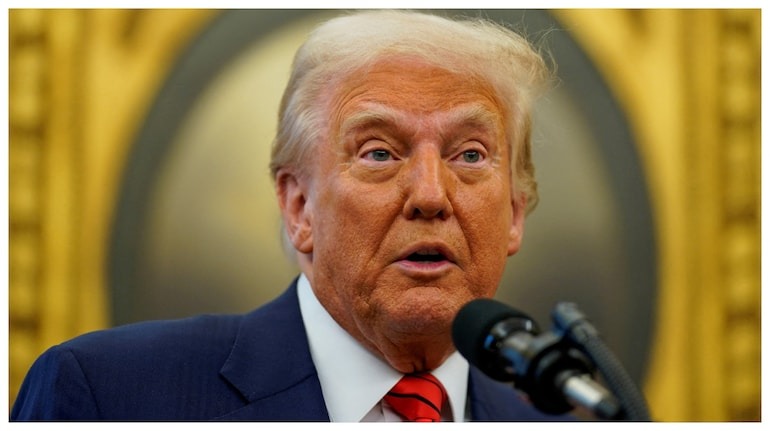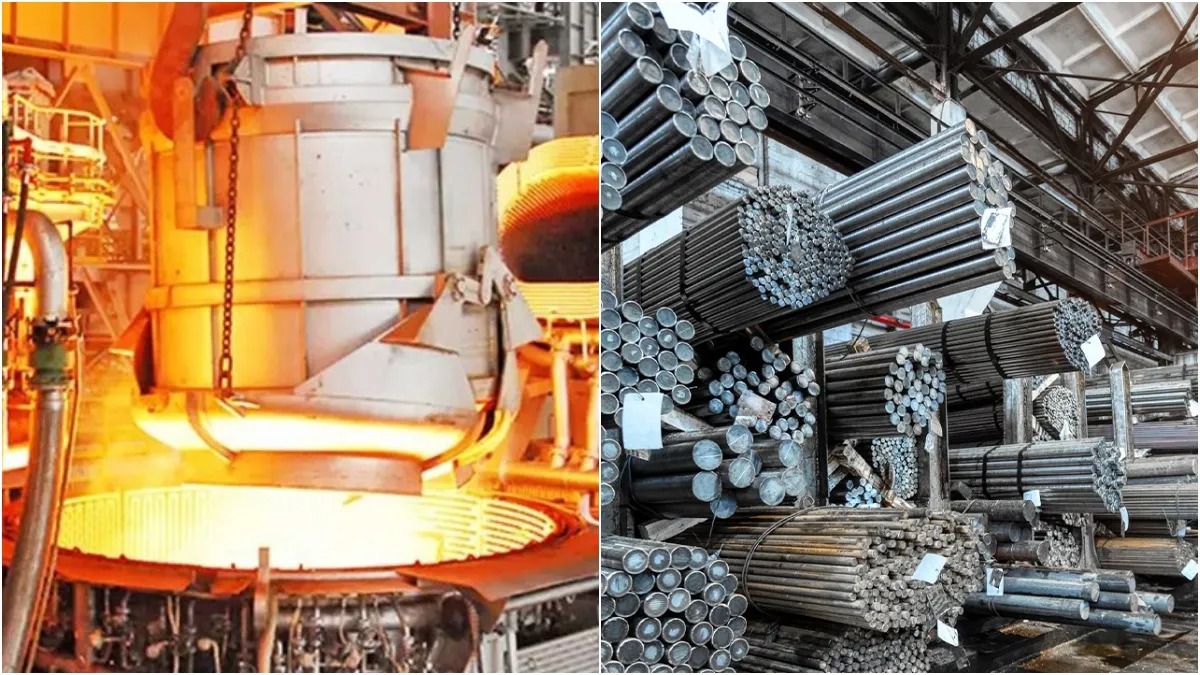
If you've ever dreamed of living in the United States, there's some exciting news for you. Former U.S. President Donald Trump has proposed a special visa program called the "Trump Gold Card." This new initiative is designed to replace the existing EB-5 visa program, which has been in place since 1990 to encourage foreign investment in the country.
Higher Investment, Bigger Opportunities
Under the Trump Gold Card program, applicants would need to invest a minimum of $5 million (approximately ₹435.5 crore) in the U.S.—a significant increase from the current EB-5 requirement of around $1 million. The current EB-5 program also mandates that the investment must generate at least 10 jobs in the U.S. economy.
Commerce Secretary Howard Lutnick has emphasized that the new scheme aims to increase investment, reduce fraud, and cut bureaucratic inefficiencies often associated with the EB-5 program. Trump believes this initiative will attract wealthy and successful individuals who are willing to spend heavily, pay higher taxes, and boost job creation. According to his estimates, issuing 10 million of these visas could make a huge dent in the U.S. national deficit.
A Global Trend in Investor Visas
The concept of investor visas isn’t new—more than 100 countries, including the U.K., Canada, Australia, and many European nations, already offer similar "golden visa" programs to attract high-net-worth individuals.
Traditionally, the U.S. has placed limits on the number of EB-5 visas issued each year. However, Trump’s proposal suggests a more open and expansive approach to welcoming wealthy investors. Unlike the EB-5 program, the Trump Gold Card does not explicitly require visa holders to create jobs in the U.S., raising questions about its impact on employment.
While the program is still in its proposal stage, it could mark a significant shift in U.S. immigration and economic policy, potentially making it easier for high-net-worth individuals to settle in America.

 Share
Share






